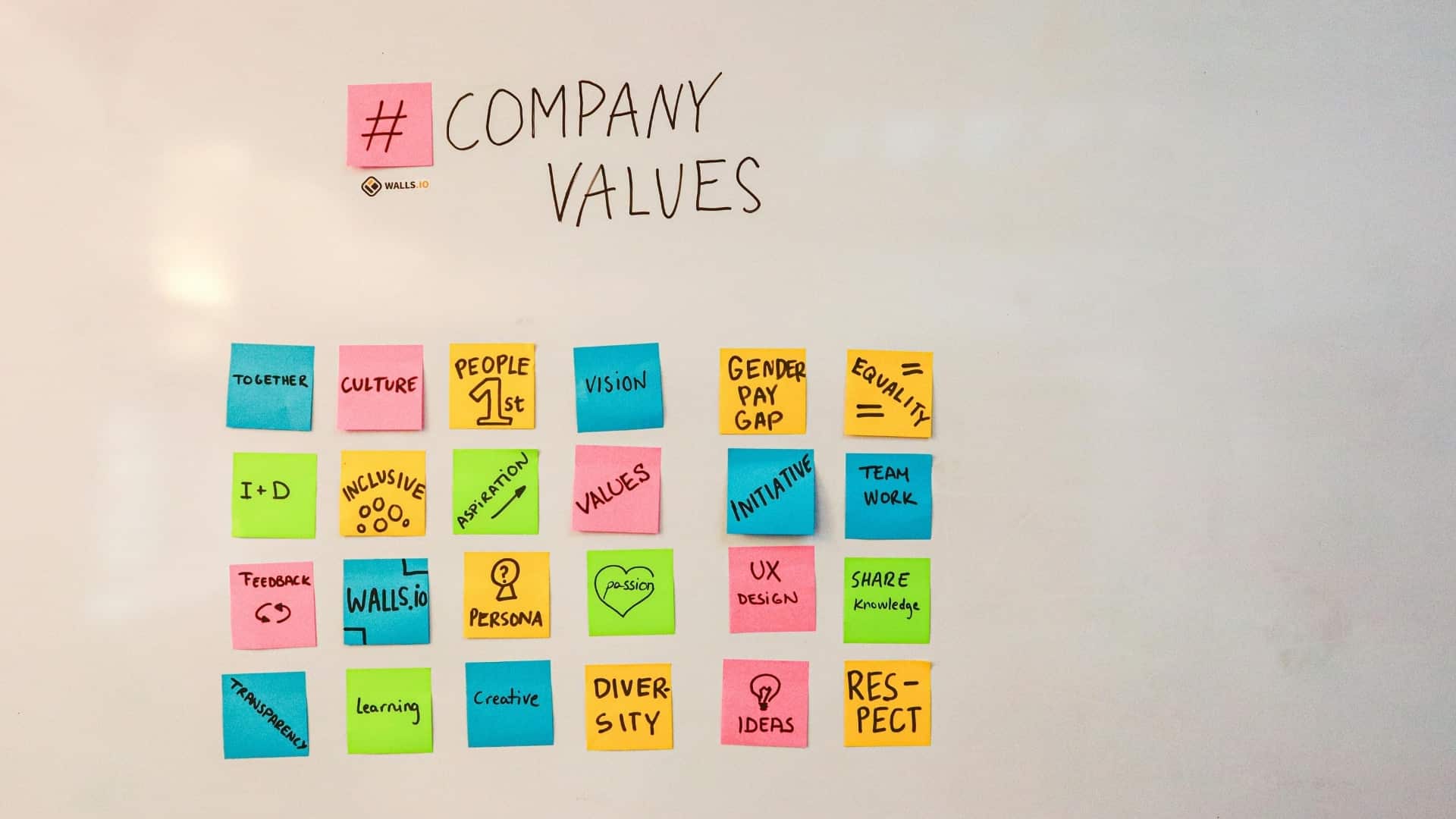Brand Association Examples: How Brands Build Powerful Connections

What is Brand Association, and Why Does it Matter?
Brand association is what people think of when they hear your brand name. It’s the mental connection between your brand and specific attributes, emotions, or experiences. Strong brand associations drive customer loyalty, influence purchasing decisions, and set a brand apart from competitors.
For example:
Nike = athleticism, performance, “Just Do It”
Apple = innovation, sleek design, user-friendly technology
BMW = luxury, driving performance, precision engineering
The more consistent and positive these associations, the stronger the brand becomes. But without proper brand management, associations can weaken—leading to brand confusion, loss of trust, and even brand dilution.
So, how do companies build powerful brand associations? And how can digital asset management (DAM) help protect them?
Let’s Dive Into Real-World Examples And Explore How Businesses Can Shape And Strengthen Their Brand Image.
Examples of brand association in action
Emotional brand association: Coca-cola and happiness
Coca-Cola has mastered the art of emotional branding. Over decades, the brand has built a strong association with happiness, togetherness, and celebration.
How they do it:
Emotional advertising campaigns like “Share a Coke”
Consistent brand storytelling that emphasizes friendship, family, and joy
Sponsorship of major events, reinforcing positive brand moments
Lesson: Brands that tap into emotions create deeper, lasting connections with consumers.
Functional brand association: Tesla and innovation
Tesla has built an association with cutting-edge technology, sustainability, and performance. The company isn’t just about electric cars—it’s about pushing boundaries.
How they do it:
Groundbreaking innovations like self-driving technology and over-the-air updates
A minimalist, futuristic brand aesthetic
CEO Elon Musk’s personal brand reinforcing Tesla’s disruptive nature
Lesson: A brand that consistently delivers on its promise strengthens its association over time.
Sensory brand association: McDonald’s and the golden arches
Some brands create powerful visual, auditory, or taste-based associations. McDonald’s is a great example.
How they do it:
The golden arches are instantly recognizable worldwide
The “I’m Lovin’ It” jingle reinforces familiarity
The smell of french fries triggers cravings and nostalgia
Lesson: Consistency across visuals, sounds, and even scents makes a brand unforgettable.
Cultural brand association: Nike and empowerment
Nike doesn’t just sell shoes; it sells motivation, empowerment, and achievement.
How they do it:
Campaigns featuring athletes overcoming adversity (e.g., Colin Kaepernick, Serena Williams)
The tagline “Just Do It” represents ambition and self-belief
A focus on diversity, activism, and breaking barriers
Lesson: Brands that align with cultural movements build strong, emotional connections with their audience.
Negative brand association: Yahoo and decline
Brand associations aren’t always positive. If a company loses focus, delivers poor experiences, or mishandles crises, its brand perception can suffer.
What went wrong with Yahoo?
Lack of innovation—fell behind Google and social media platforms
Frequent leadership changes—lost brand direction
Failed acquisitions—missed opportunities to stay relevant
Lesson: Protecting brand consistency, innovation, and trust is essential for long-term success.
How Digital Asset Management (DAM) Protects Brand Associations
Strong brand associations don’t just happen—they require consistent messaging, visuals, and storytelling.
Problem: Many brands struggle with inconsistent branding – different logos, fonts, and messaging across teams misuse of assets – outdated or off-brand visuals being used in marketing campaigns scattered content – assets spread across different platforms, leading to confusion
Solution: A digital asset management (DAM) platform like ASMBL helps brands:
Organize all brand assets in one place – logos, images, videos, and marketing materials ensure brand consistency – teams always use the latest, approved assets track and manage asset usage – control who has access to what content speed up workflows – teams spend less time searching for the right assets.
Lesson: A DAM system safeguards brand identity by ensuring that all brand materials are consistent, accessible, and up to date.

How to Build and Strengthen Brand Associations
Define your brand identity
- Clearly outline your brand’s core values, mission, and personality
- Ensure all messaging and visuals align with your brand’s essence
Be consistent across all platforms
- Use the same logos, colors, fonts, and messaging across social media, ads, and packaging
- Ensure that marketing teams, agencies, and partners follow brand guidelines
Create strong emotional connections
- Tell compelling brand stories that evoke emotions
- Engage in cause marketing or social responsibility initiatives
Leverage brand partnerships carefully
- Collaborate with brands that align with your image and values
- Avoid partnerships that could weaken or confuse brand perception
Use a DAM system to protect brand integrity
- Store all digital assets in a centralized platform
- Enable role-based access to maintain control over brand usage
- Automate brand approvals and asset tracking
Why ASMBL Is the Best DAM for Managing Brand Assets
If your brand is dealing with inconsistent visuals, scattered content, or off-brand messaging, ASMBL provides the ultimate solution for maintaining strong brand associations. With ASMBL’s DAM, businesses can ensure brand consistency, enhance marketing efficiency, and strengthen brand associations across all touchpoints.
Brand associations aren’t static—they evolve based on consumer perception, competition, and brand actions. Businesses that fail to manage their brand image proactively risk losing relevance and trust. Investing in a structured DAM system ensures that brand messaging, visuals, and content remain aligned, keeping customer trust intact. If your brand struggles with scattered assets, inconsistent messaging, or outdated visuals, it’s time to take control. Discover how ASMBL’s DAM helps businesses centralize, protect, and strengthen their brand identity.


